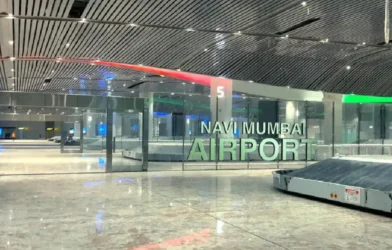Subtotal ₹0.00
New infrastructure corridors are emerging as the most powerful driver of housing demand across Indian cities. With metro rail expansion, expressway projects, and employment clusters extending city boundaries, buyers are increasingly choosing homes in locations once considered peripheral, according to the latest Magicbricks Research report.
These corridors combine connectivity, affordability, and long-term growth potential, making them the new housing hotspots.
The data shows that Noida and Greater Noida experienced extraordinary growth during the post-pandemic period, with property prices rising 95.6% and 88.1%, respectively, between 2020 and 2022. In 2025, Greater Noida continues to benefit from strong infrastructure upgrades, recording a 3.1% quarterly price growth and improving rental yields with a (Rent-to-Price Growth Differential) (RPGD) of 2.3.
The completion of the Noida International Airport and improved connectivity via expressways are positioning the region as a long-term housing and investment hub.
Similarly, Gurugram’s Dwarka Expressway and New Gurugram corridors recorded a 27.6% YoY price increase, supported by the expressway’s progress and large-scale residential development. These corridors are becoming the preferred destination for new households migrating to NCR, offering accessibility to Delhi and employment centers in Gurugram.
In Bengaluru, infrastructure-driven growth is evident in peripheral markets such as Sarjapur, Kanakapura, and Hoskote, which are drawing demand due to IT corridor expansion and upcoming metro extensions. Meanwhile, Hyderabad’s HITEC and Gachibowli zones, supported by established road and metro infrastructure, continue to attract strong end-user demand and remain among the most resilient micro-markets in the country.














